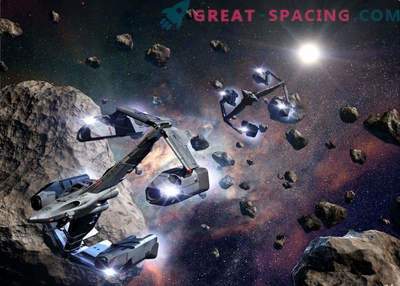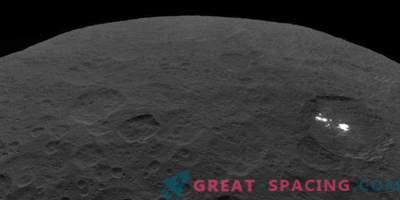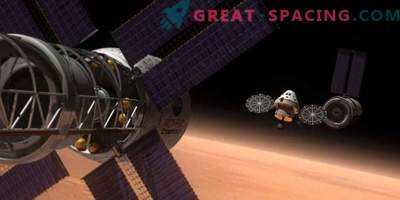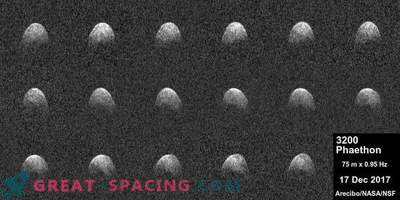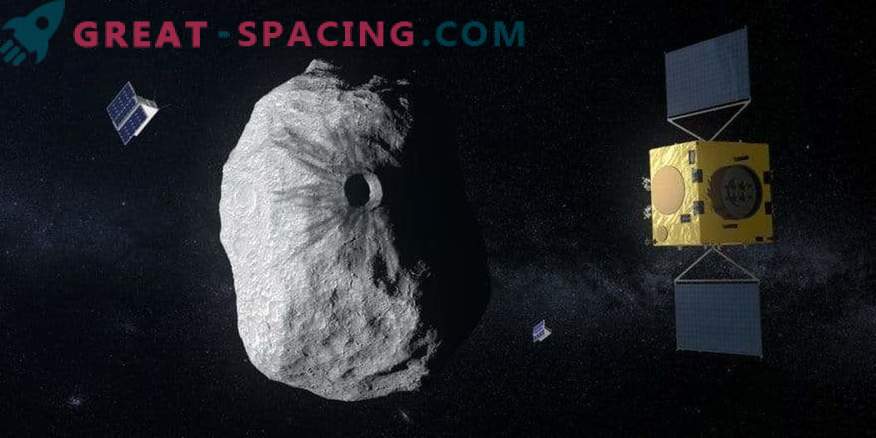
The planning of the first human mission in the binary system of asteroids entered the next stage. ESA’s proposed Gera mission will be a European contribution to an ambitious planetary defense experiment.
The device was named in honor of the Greek goddess of marriage. The ship will travel to a pair of near-Earth asteroids Didim: around the 780-meter main body a 160-meter satellite (Didim) rotates.
The dual asteroid system is an ideal way to test a planetary defense experiment and a new environment for studying asteroids. Binary include 15% of the number of all known asteroids, and still have not received a full study. Low gravity environment creates problems for navigation systems. But the advantage will be the experience gained by the Rosette team.
Hera's main focus will be on a smaller satellite. The ship will perform high-resolution visual, laser and radiological observations.
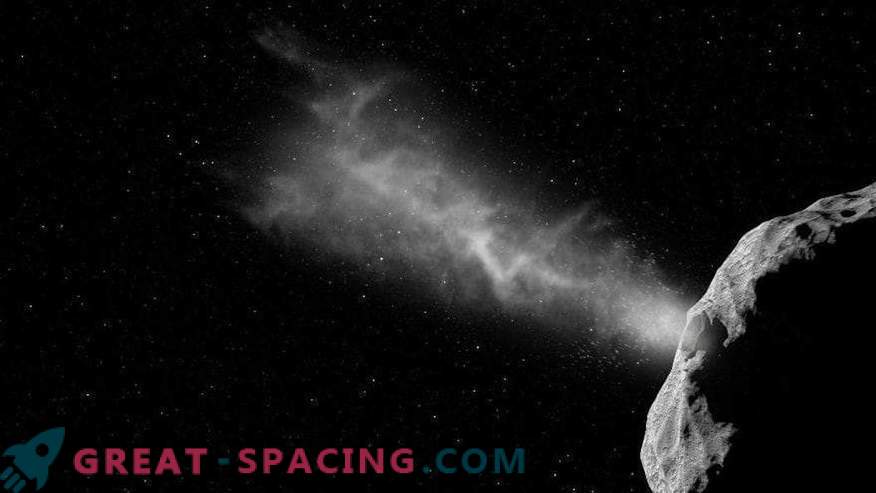
Asteroid collision
Hera should arrive at Didim in 2026. This flight will be historic, because for the first time the object of the solar system will have to change its orbit under the influence of human influence.
The mission of NASA's Dual Asteroid Redirection Test (DART) is due in October 2022. The collision will lead to a change in the length of Didim’s orbit around the main body. Ground observatories around the world will be able to study the collision with a minimum distance of 11 million km.

Gera uses infrared to scan crater
The key data obtained by the Hero will transform a one-time experiment into an accessible and understandable technology of planetary defense. And it can be repeated if you need to stop a dangerous asteroid.
Usually the mass of the planetary body is estimated by the gravitational attraction of the spacecraft. But in the Didim system, this does not work, because the larger object has its effect. Hera's pictures are used to track the main landmarks on the surface of a large body (boulders and craters). By measuring the oscillation, the mass can be determined with an accuracy of more than 90%.
Hera will have to measure the crater left by DART with a resolution of 10 cm in order to understand the characteristics of the surface and the internal composition. In addition, the ship plans to use the first in Europe CubeSats to obtain additional scientific information. The NASA DART mission has passed a preliminary review and is ready to move into detailed design (phase C).
